5070R Patek Philippe Chronograph
The 5070 timeline makes no sense. You see, chronograph production through the later part of the last century was anything but continuous at Patek Philippe. It went 1463 from the early 1940s until late 60s. Then, well, nothing. Nothing at all for four decades, no only-chronograph was made. The 5070 returned with a Lemania ébauche in 1998. It was also the first chronograph to tip over 40mm, inspired by the 1950s ‘Jumbo’-case, split seconds ref. 2512. These years, pre-Thierry as we might call them, or maybe late Genevan Seal if more politically correct, are really a high-water mark.

The 5070 was the final Lemania 2310, but it looks as though it could be made today. The 42mm stepped case was bold. So bold, in fact, that it’s one of very few models which has shrunk since in the 5170 (by 2.5mm). And it’s outrageously Art Deco, one of the more daring cases in the catalogue. That 2512 influence is clear, it’s almost an in-house ‘restomod’, to borrow a car term. It was released first in yellow gold, black dial with gilt, made from ‘98-02. Then, this pink gold silver dial, made 03-07. This was concurrent with a white gold silver dial. Finally, for one year in 08 was the platinum blue dial. And then there are the uber-rare piece uniques and Saatchi. Some say there’s one steel case out there as well. Patek stated that they limited production to 250 examples per metal per year. Excluding one-offs and Saatchi, that’s 3250 examples of standard production. That’s not a lot for a whole decade-long reference.

The context is interesting as well. The 5070 was well behind the re-introduction of the VC chronograph, the 1989 ref. 47101. Both share a similar revisionist history attitude. One year after the 5070, a new approach was tried with the reveal of the Datograph. AP were mostly invested in the Offshore and Huitième chronographs at the time, having tried the 25563 in 1981 to little success, they divested. This was the anti-Patek of its time. Not unchanging, but changing direction of the brand totally. Sometimes you have to shake things up aggressively. That was the mood in Switzerland at the time: optimism, a return of certainty, and hope. The 5070 captures that.










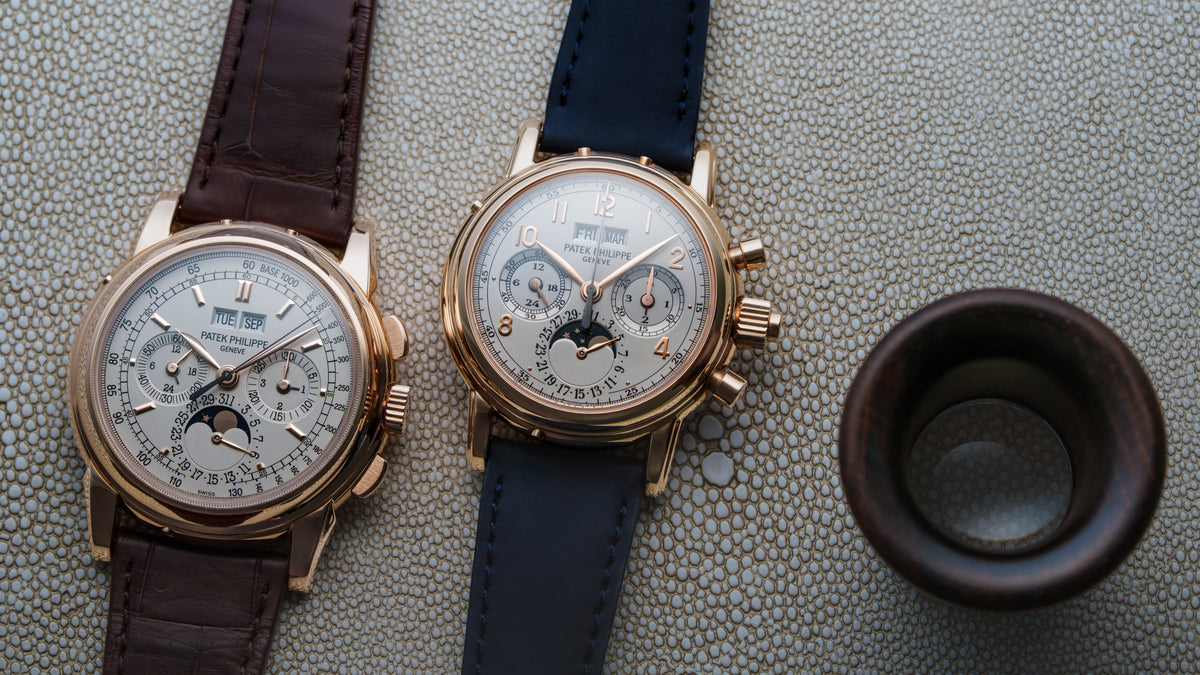
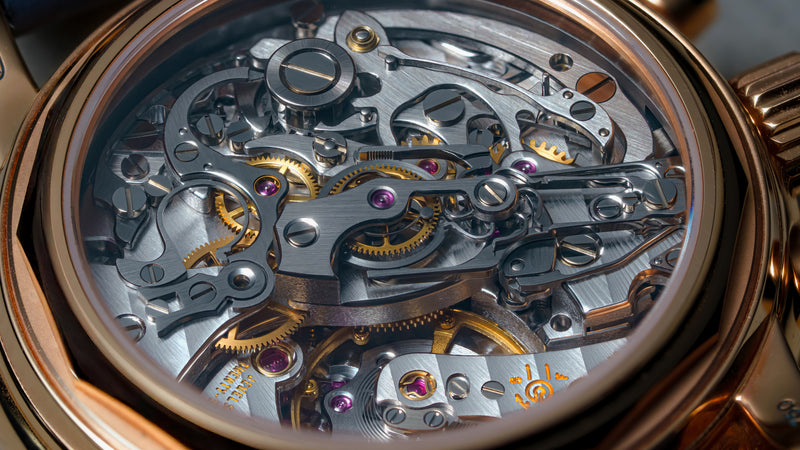











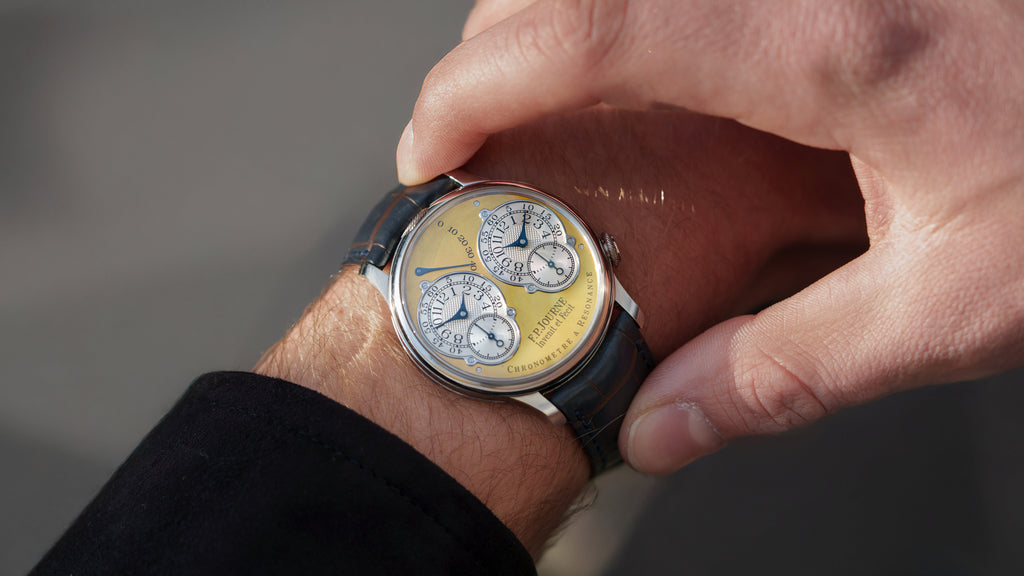
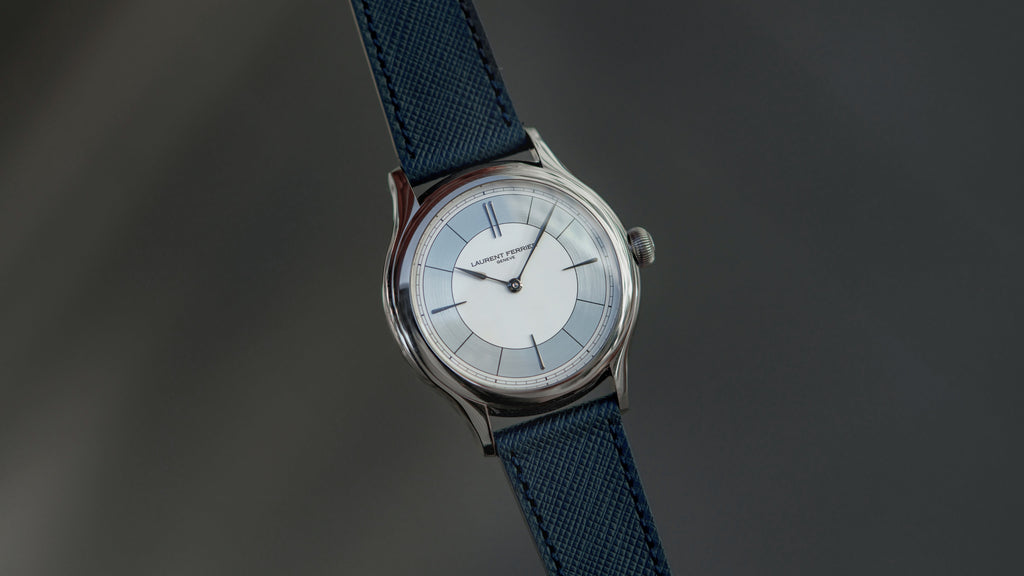

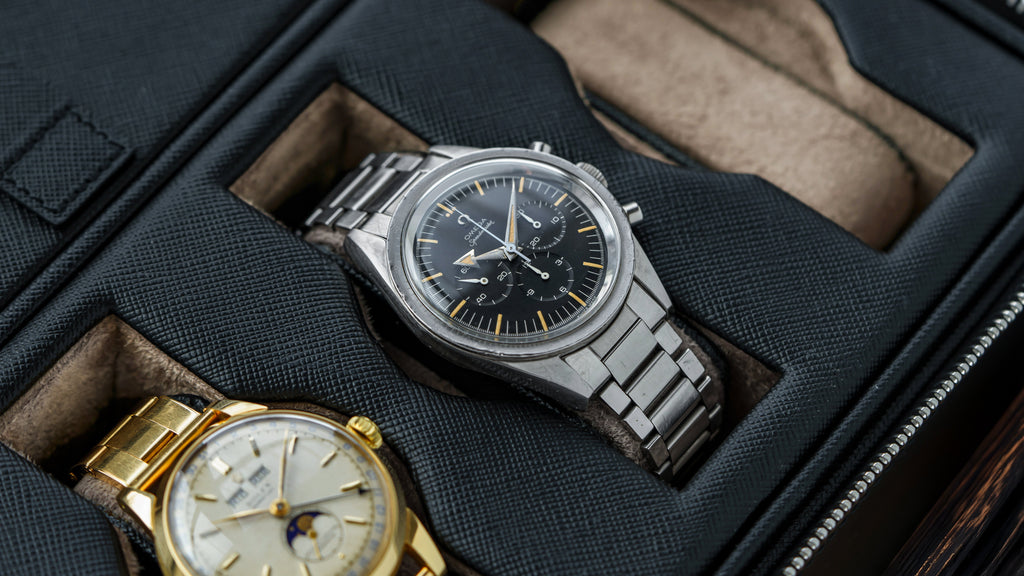
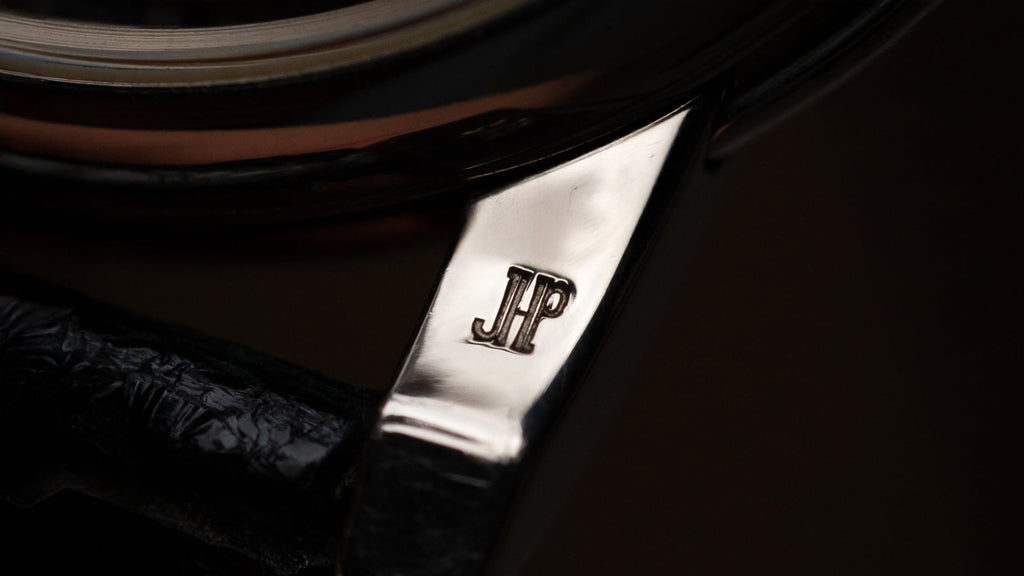
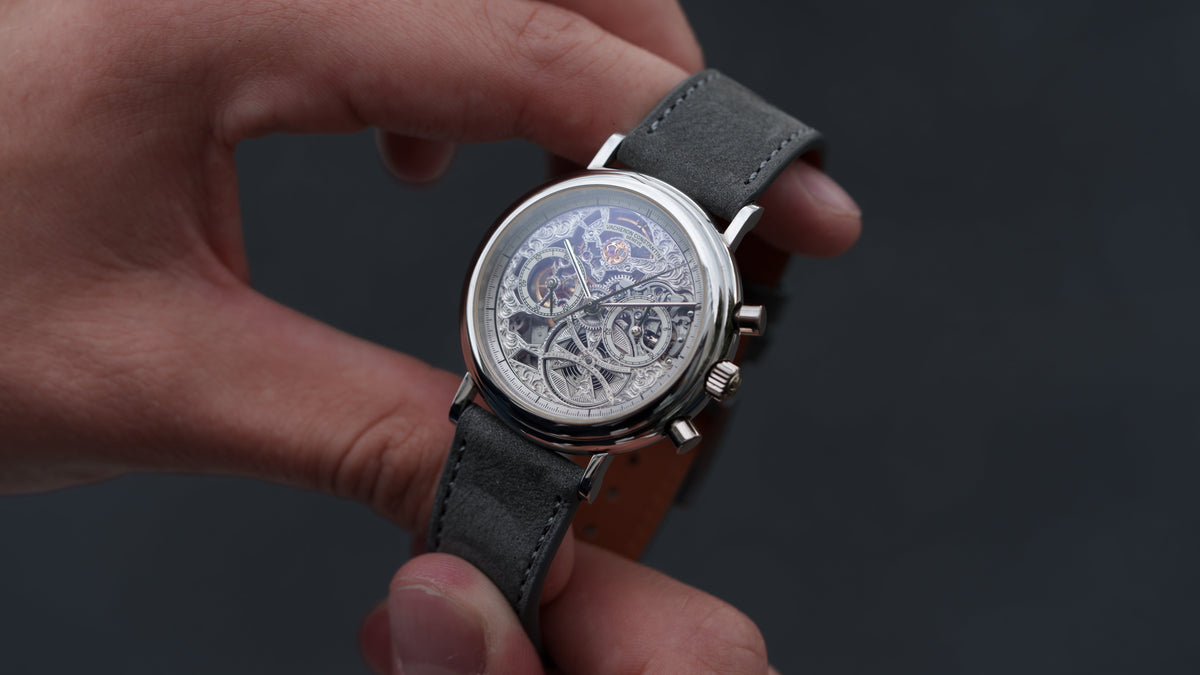
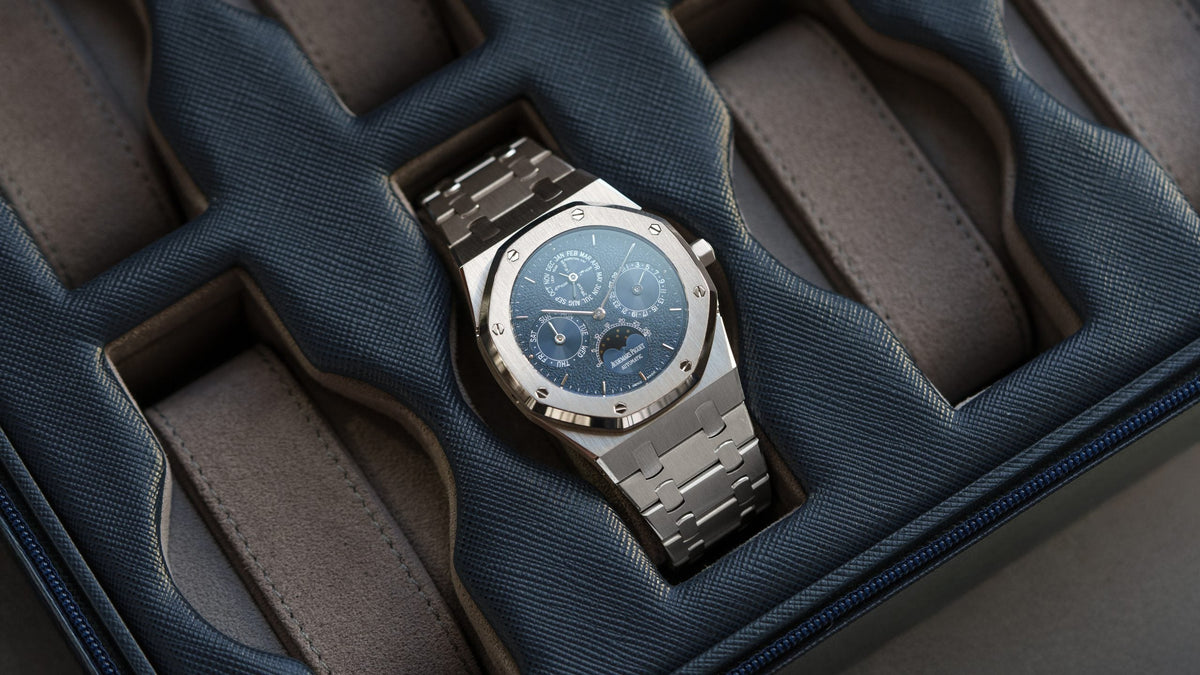
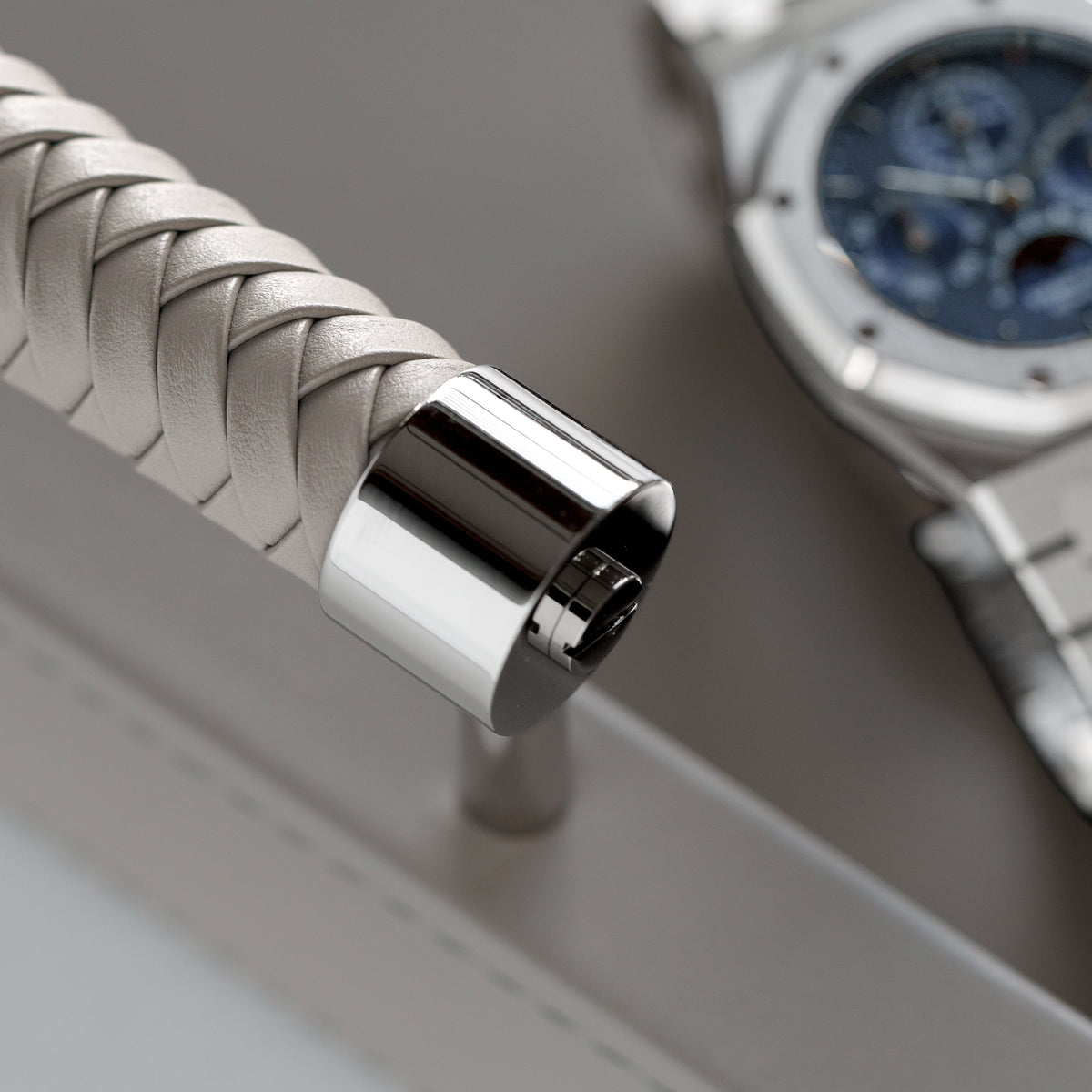
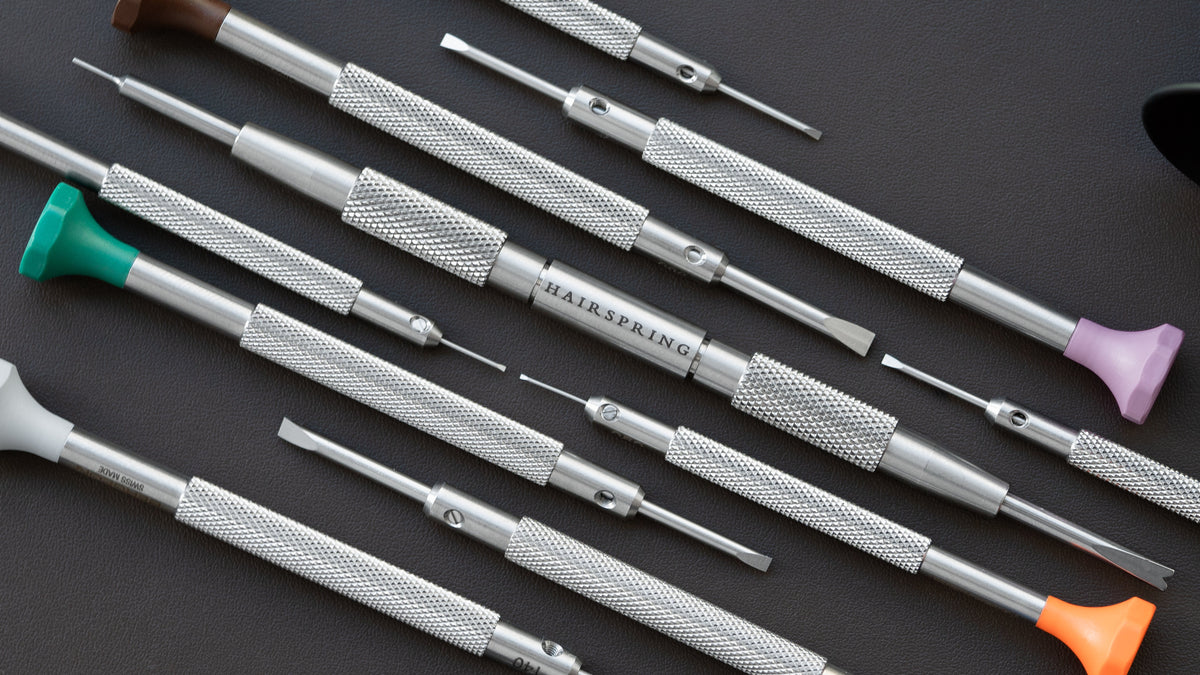
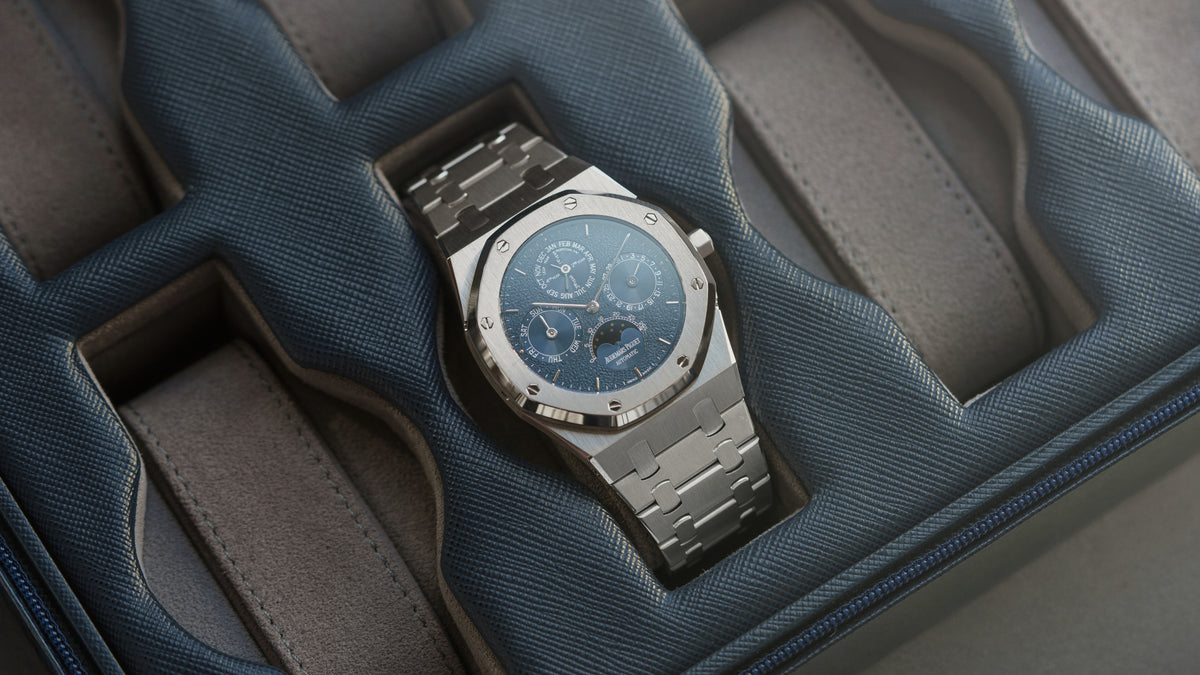
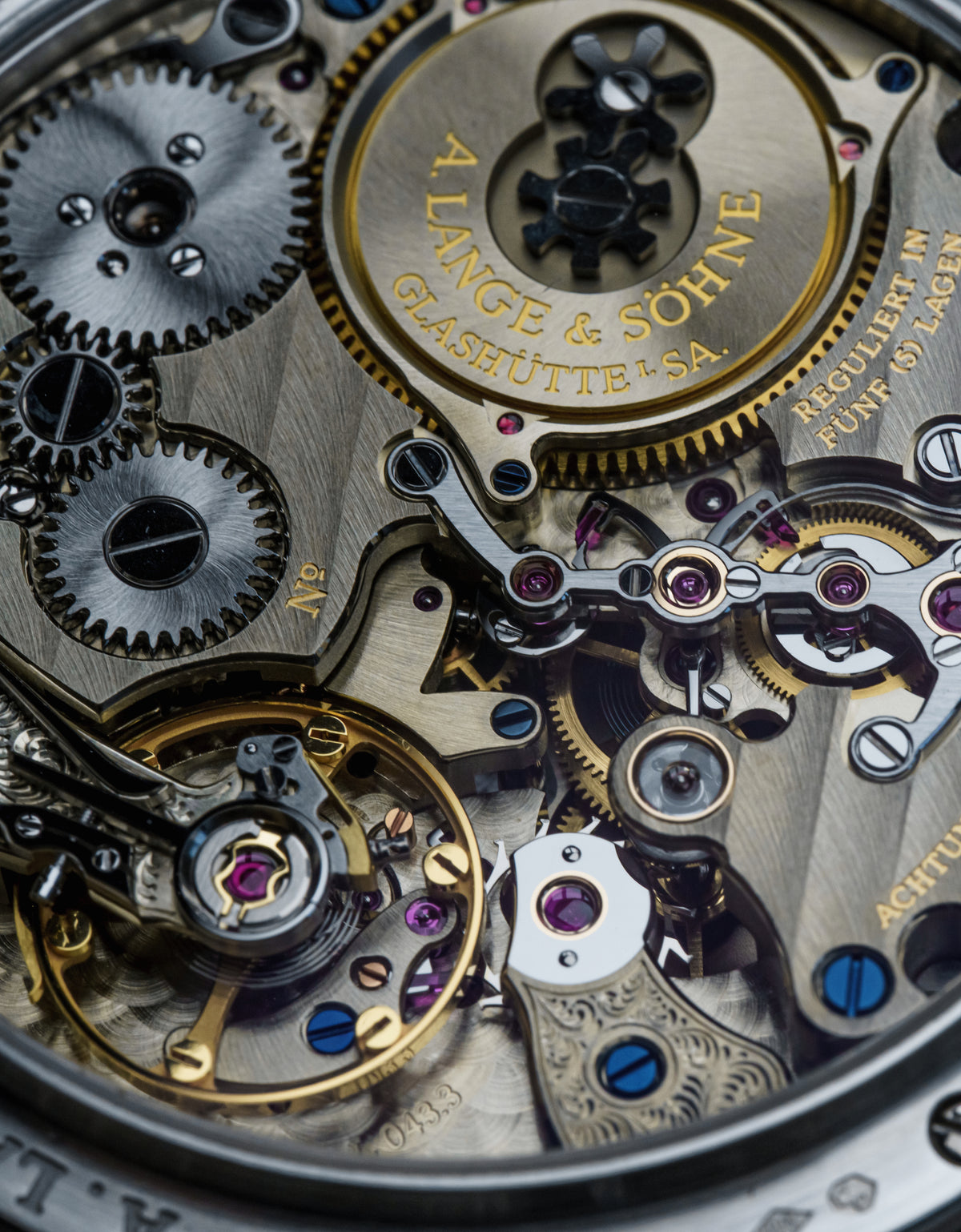
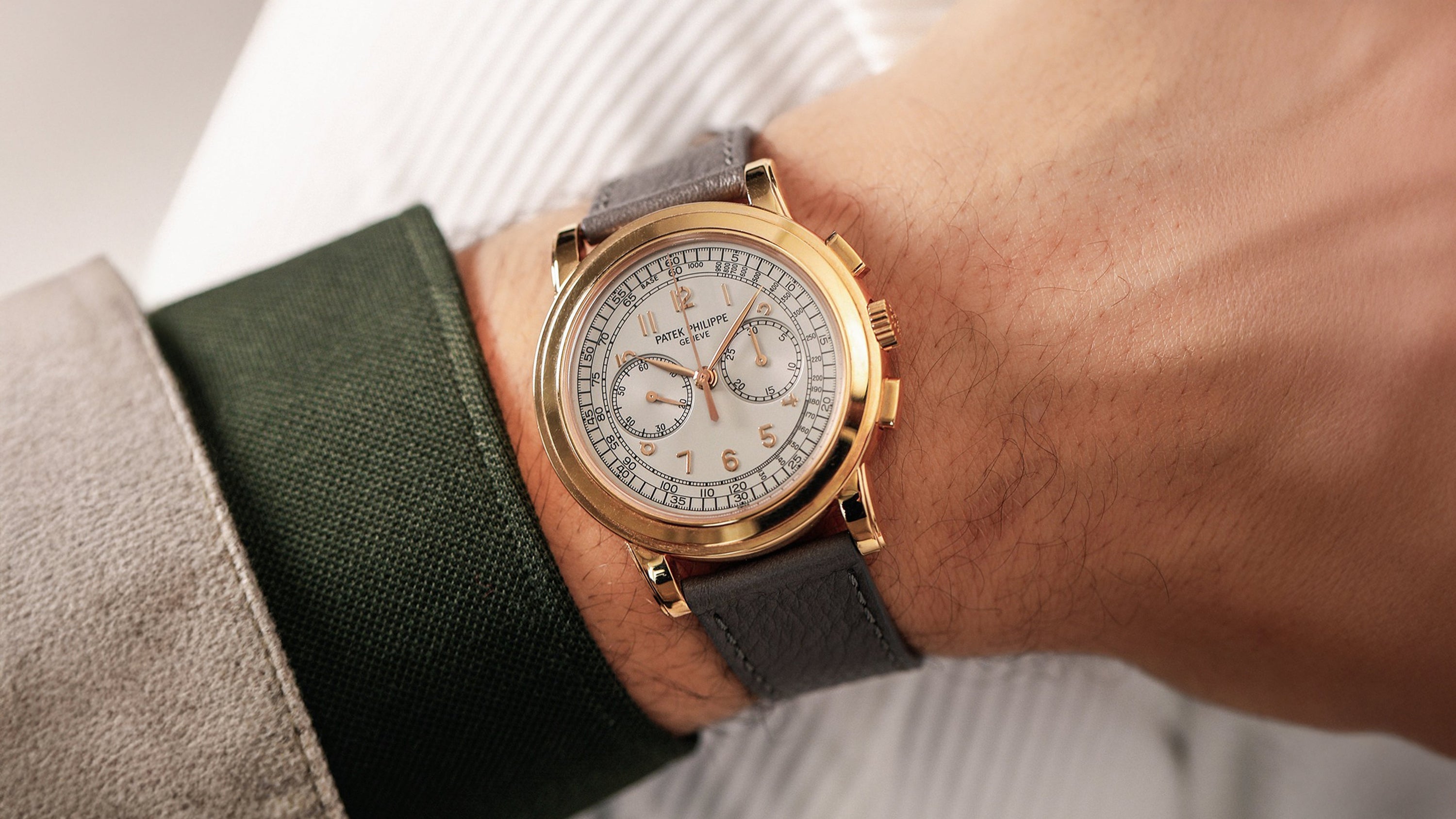

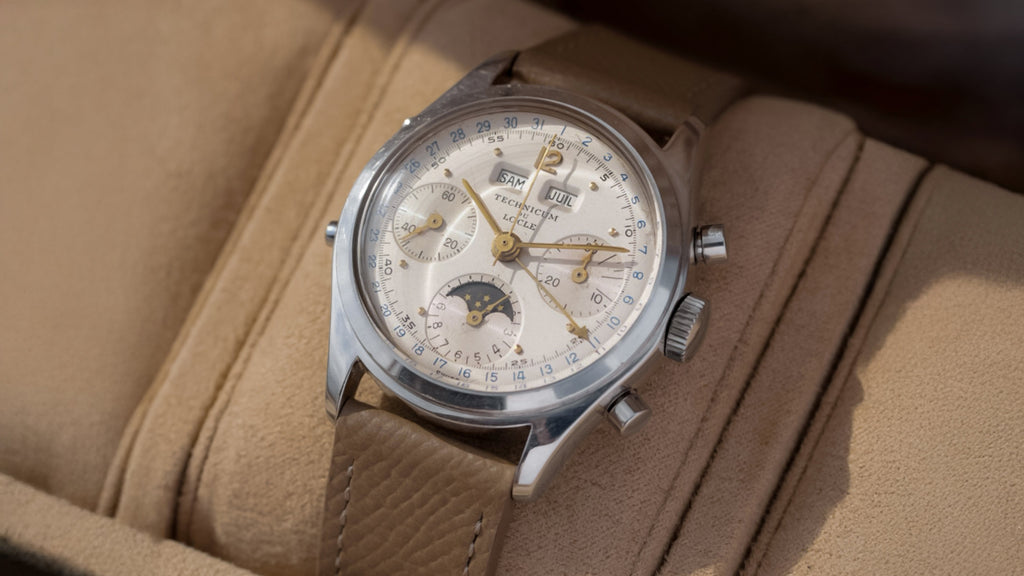
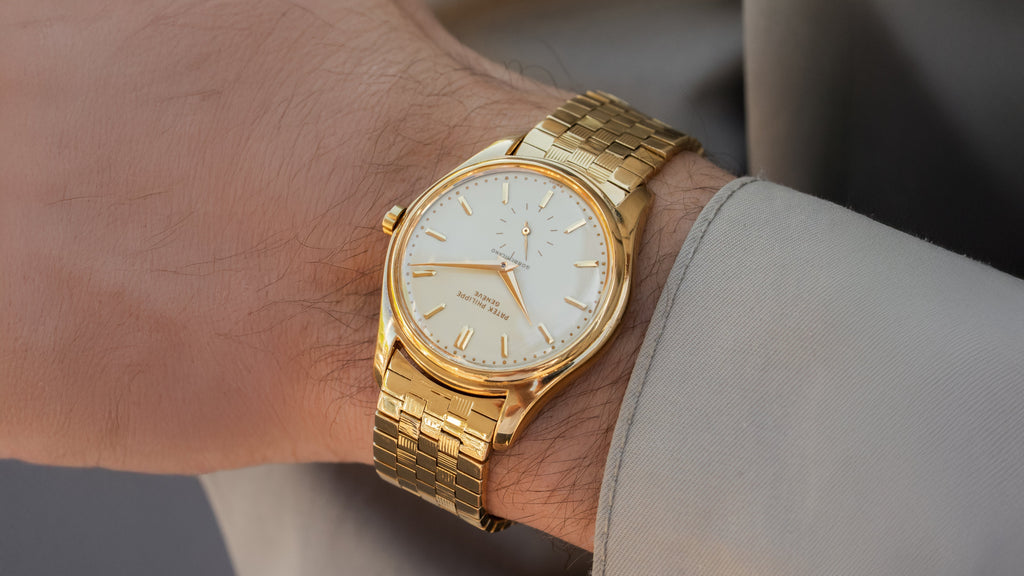
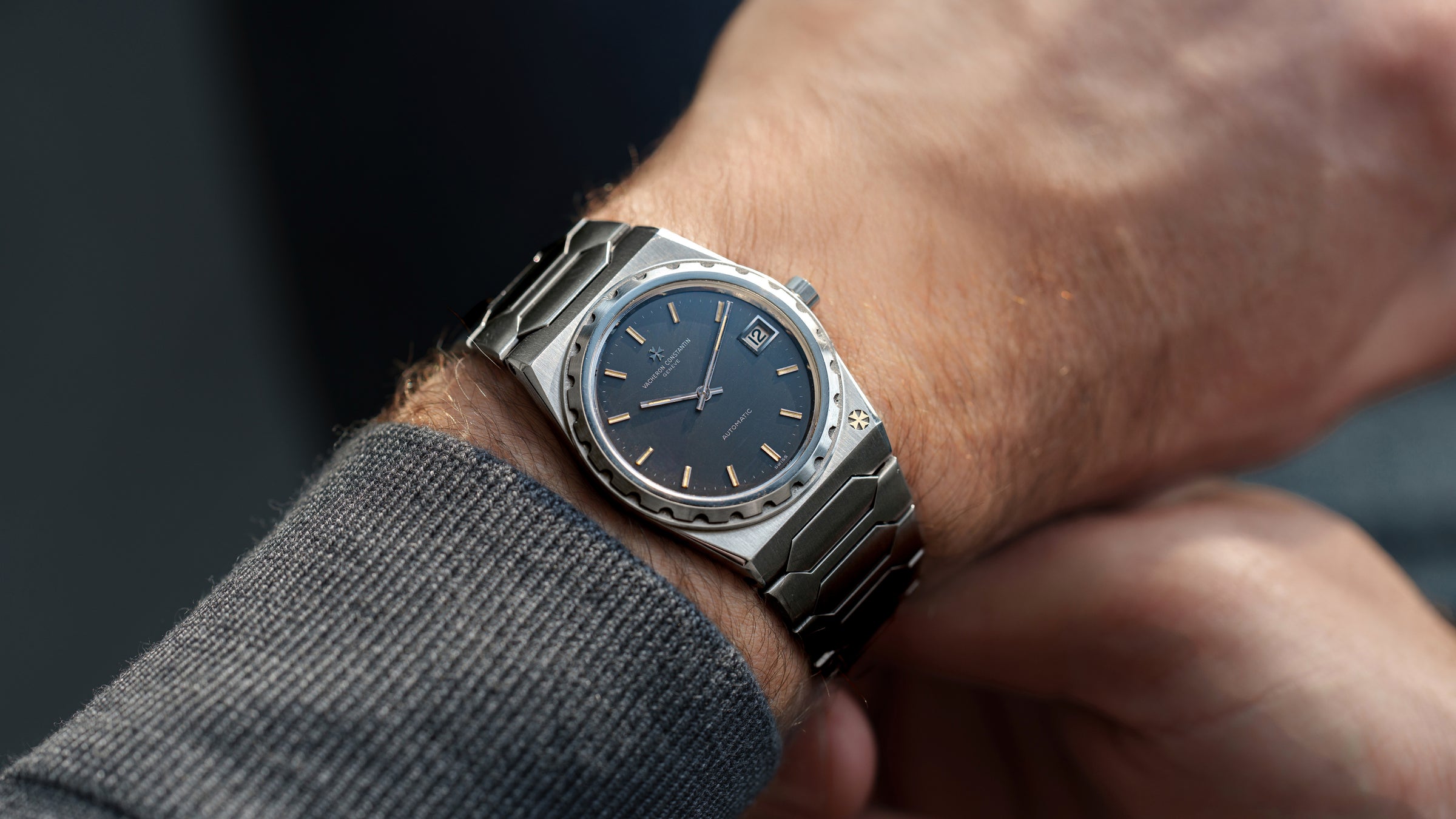
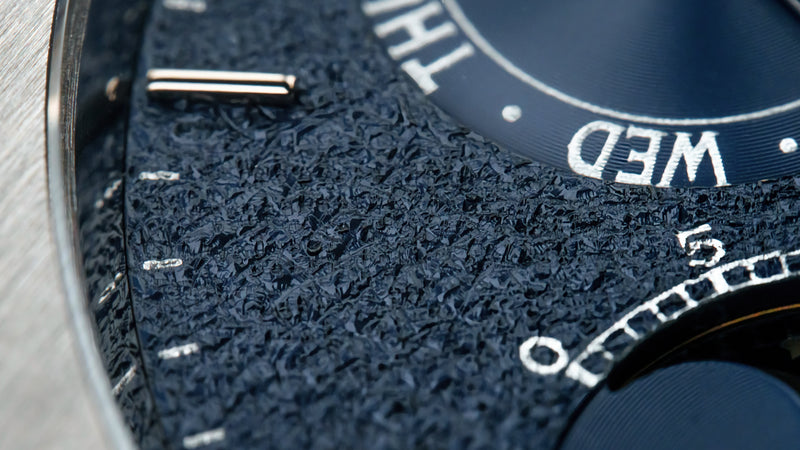

0 comments
Write a Comment